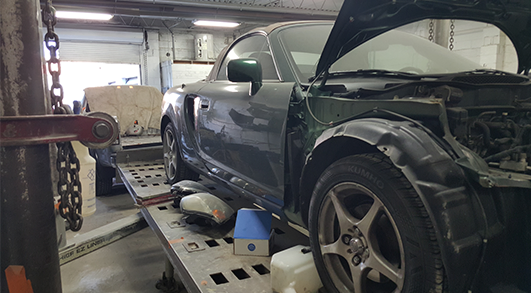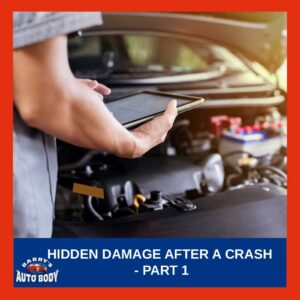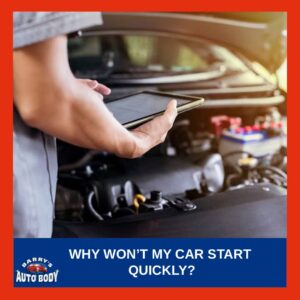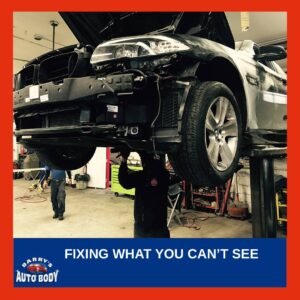
Frame Straightening
Info on Frame Straightening
While the debate has been raging on for almost as long as vehicles have been on the road, the advent of airbags has introduced a new conundrum into the mix.
Organizations such as I-CAR and Tech-Cor are helping auto body experts understand when and if frame straightening is the best choice. The wide use of airbags makes proper structural repair critical because the crushability of the structure triggers the air-bag sensor and tells it when to deploy. Frame straightening can alter the structure causing an airbag to deploy too early, too late, or not at all causing great physical harm to the vehicle passengers.
This is one of the reasons that when frame straightening is the chosen method of repair, it must be done in such a way as to restore a vehicle to pre-accident crushability.
Incorrect frame straightening is dangerous and costly. If a structure is made too stiff by adding reinforcement to the frame rail, deceleration (activation of the air-bag system) will increase, which can cause the airbags to deploy too soon. If the repair results in an over-heated part, deformed crush zones, or improper welds, it could lead to a “soft” structure. This condition will cause the deceleration to be too slow, and the airbags may deploy too late. Both circumstances can cause grave bodily injury to passengers.
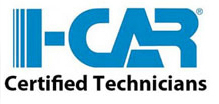
Tech-Cor states the following with respect to sectioning repair: straighten and align (pull and square) a unibody structure, cut and remove only the damaged portion, and replace that area with a new OEM part or a properly inspected salvage component of similar type and design at the manufacturer’s recommended seams. When it’s practical and cost-effective, the first choice should be to replace damaged structural members at the manufacturer’s recommended seams. Replacing structural members at the specified seams using new OEM parts creates a straightforward repair procedure. In some cases, replacing damaged components at factory seams disrupts many undamaged factory-applied welds, disturbs OEM-applied corrosion protection beyond the damaged area, and requires replacing a larger assembly than the damage-affected area. Also, limited access to some factory seams may prevent the ability to remove the entire damaged component economically or without damaging adjacent components. Sometimes, it may be more practical to perform a sectioning procedure.
The expert auto body technicians at Barry’s Auto Body receive continuous training and guidance when it comes to collision repair. We treat your vehicle as if it were our own, inspecting each and every repair to ensure it is done properly and to the highest possible standards. We stand behind every repair we make because we know that your vehicle carries your most precious cargo – your loved ones and family.

